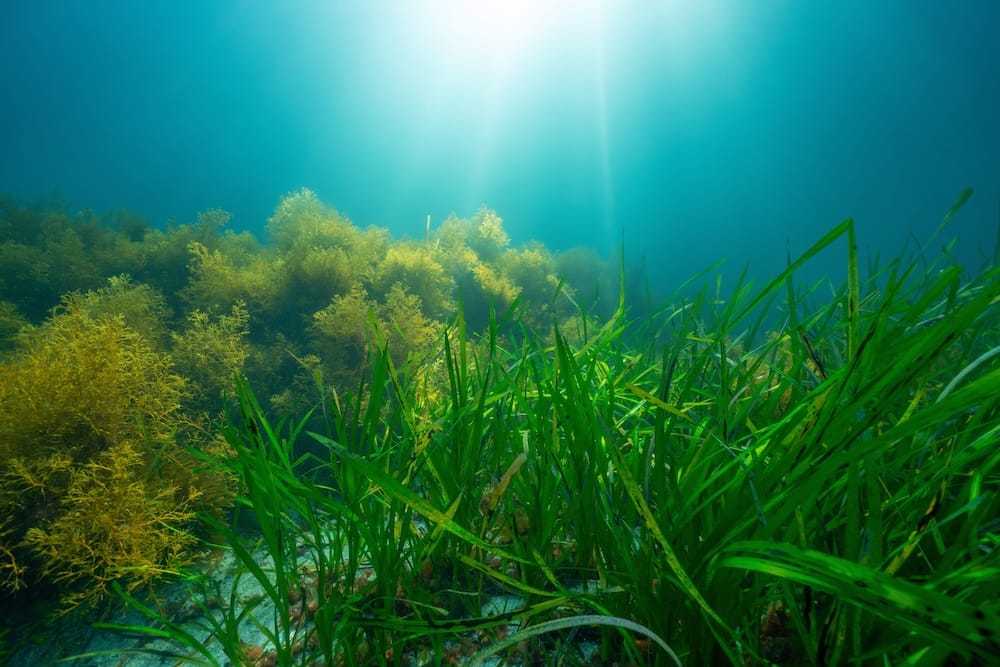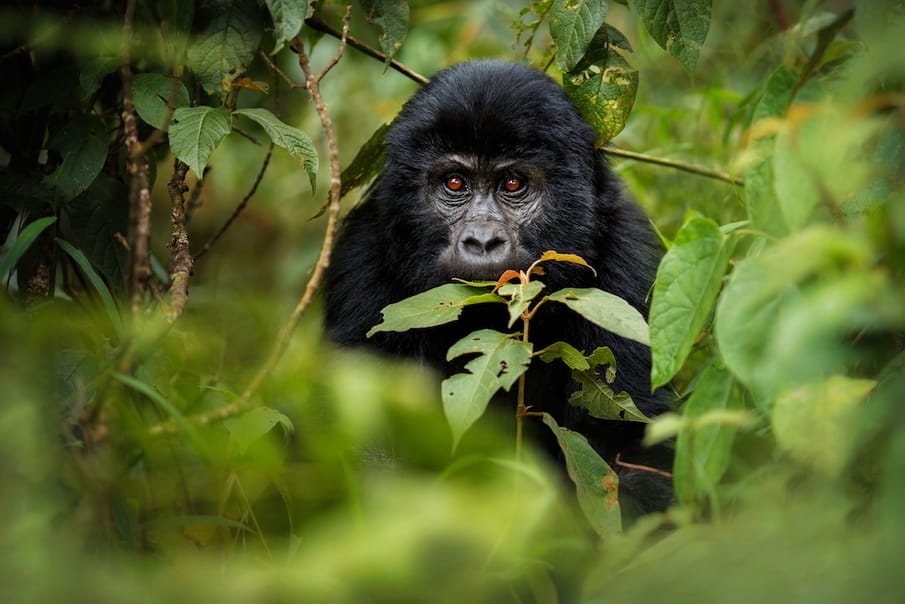With so many genuine reasons to feel hopeless about climate change, there is evidence that nature has the power to bounce back…
Despite the sense of impending doom that colours almost every climate change headline, conservation projects across the globe continue to inspire hope. While there may not be one single action that can reverse the damage done to planet Earth, laser-focused conservation measures are showing that success is possible. From protecting endangered species to lowering harmful emissions, we’re rounding up some of the more positive changes of recent years, that should be celebrated, and offer inspiration.
Mountain gorillas in Rwanda
Located a few degrees south of the equator, Rwanda is one of only three countries in the world where you can see mountain gorillas in their natural habitat. In the past, hunting had a significant impact on their numbers, with fewer than 300 known mountain gorillas in the 1980s. But thanks to collaboration between the public and private sector (which included anti-poaching patrols and the removal of snares), there is now a thriving gorilla population. The last gorilla poaching incident in Rwanda occurred in 2002 and there are now more than 1,000 mountain gorillas in the wild.
Firth of Forth
Restoration Forth, in Scotland, is leading the way in planting seagrass – the flowering plant that helps fight climate change, improves water quality, and reduces coastal erosion. Amazingly, a meadow twice the size of a football pitch can support 80,000 fish and a million invertebrates, yet we have lost up to 92% of our seagrass meadows in the UK. However, local volunteers have helped to plant 220,392 seagrass seeds around Firth of Forth beaches. Plus, the team has reintroduced 10,000 European flat oysters into the area after a 100-year absence.

World surpasses 40% clean electricity
Emissions from fossil fuels are one of the main causes of global warming, but, in 2024, more than 40% of the world’s electricity was generated from low-carbon ources, according to analysis from clean energy think tank Ember. Hydro remained the largest source of low-carbon electricity, followed by nuclear, with wind and solar rapidly gaining ground, while nuclear’s share reached a 45-year low.
The Montreal Protocol
The ozone layer acts as a shield for humans, animals, and plants against the sun’s harmful ultraviolet radiation. When a hole in the ozone layer was discovered in the late 1980s, the Montreal Protocol was implemented to address the crisis. The adoption of the protocol has helped phase out 99% of ozone-depleting substances, including chlorofluorocarbons (CFCs) and hydrochlorofluorocarbons (HCFCs) which were commonly found in fridges, air conditioners, foams, spray cans, and fire extinguishers. Since then, the ozone layer has been on the road to recovery, and scientists believe the damage will be reversed by 2066. However, many CFCs and HCFCs have been replaced by hydrofluorocarbons (HFCs) which are potent greenhouse gases. To address this, the protocol has been adapted with the aim to gradually reduce HFC production over the next 30 years, too.
Battery powered Massive Attack gig
In an attempt to challenge the environmental impact of live music, UK trip-hop collective Massive Attack collaborated with researchers last year, and broke the world record for lowest carbon emissions ever produced by a music event. The concert, known as ‘Act 1.5’ and held in Bristol, was entirely battery powered and sold all-vegan food. The performers even opted for low-carbon transport, such as coaches and ferries, instead of planes. Incentives, like free electric shuttle bus tickets and VIP bar wristbands for rail passengers, contributed to the project’s success, while people living in Bristol were given pre-sale access to tickets to minimise the distances travelled by audience members.

Looking ahead
While these offer hope, challenges remain that demand urgent attention and innovative solutions.
Species on the brink
There are currently more that 47,000 species on the International Union for Conservation of Nature Red List of Threatened Species. All three species of orangutan (the Sumatran orangutan, the Bornean orangutan, and the Tapanuli orangutan) are critically endangered. The brown spider monkey is also critically endangered, though its exact population number is unknown.
Clothing waste crisis
Fast fashion continues to take its toll, with mountains of unwanted clothes visible from space and synthetic fibres found in the bellies of fish. The fashion industry creates 8% of global greenhouse emissions, and every second, the equivalent of a garbage truck of clothing is incinerated or dumped.
Soil degradation
Agricultural intensification has degraded more than 60% of the EU’s soils, with similar damage affecting about 40% of UK soils, which threatens food security, and reduces the land’s ability to store carbon and support biodiversity.
The challenges highlight the dire need for continued innovation, systemic reforms, and individual action around conservation efforts. But these success stories prove that targeted action can deliver results, and protect the place we call home.


Comments